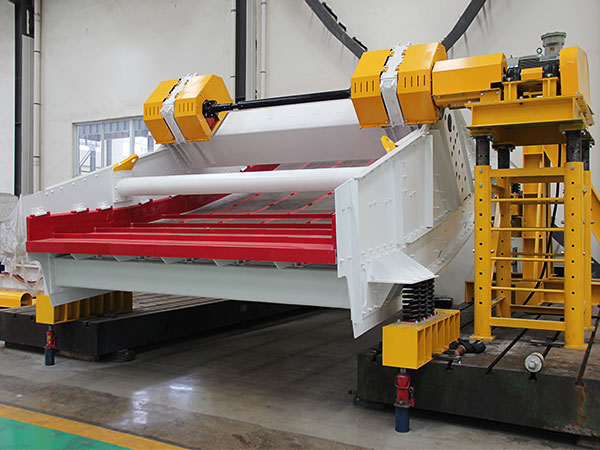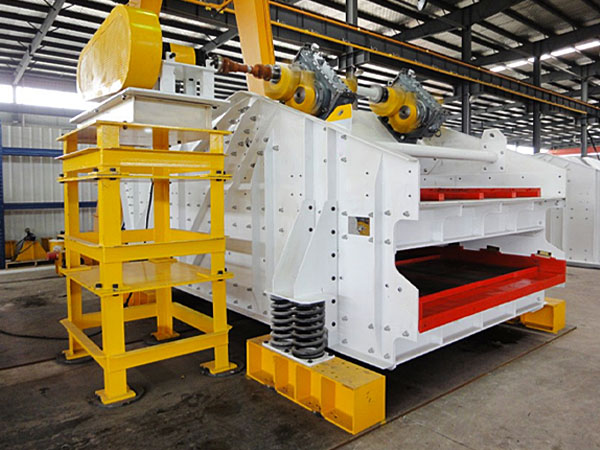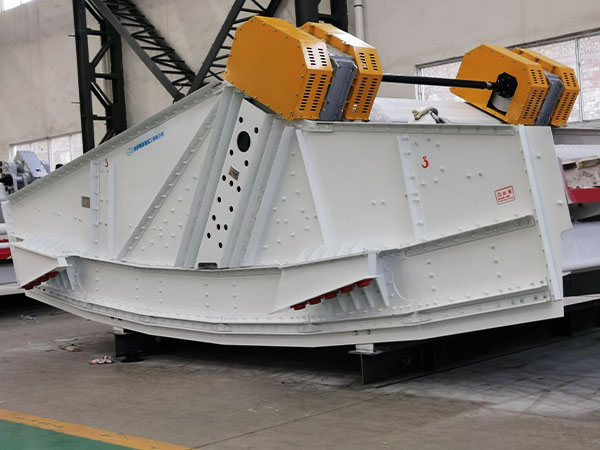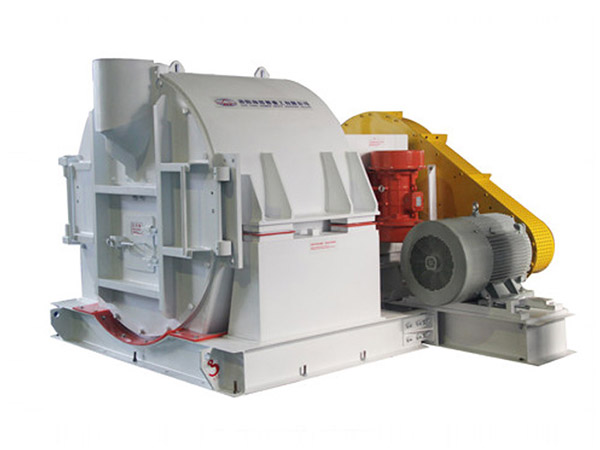What is the working principle of banana vibrating screen
A banana vibrating screen is a specialized vibrating screen used in the mining and quarrying industries. It is designed to be able to handle a high capacity of material, while also screening it to a very fine size. The banana screen gets its name from its shape, which is similar to that of a banana, with a curved surface at the feed end and a flat surface at the discharge end.
The working principle of a banana screen involves the use of multiple screen decks that are arranged at different angles to each other. The screen decks are typically mounted on a frame that is supported by springs or other flexible elements, which allow the screen to vibrate freely.

As the material to be screened is fed onto the screen deck, it is spread out evenly across the surface of the screen. The curved shape of the screen deck causes the material to move along the length of the screen, with the smaller particles passing through the openings in the screen and the larger particles moving to the top of the screen.
The vibration of the screen deck helps to loosen and stratify the material, separating it into different size fractions. The use of multiple screen decks at different angles helps to increase the screening area and improve the efficiency of the screening process.

One of the key advantages of the banana vibrating screen is its ability to handle a high capacity of material. The curved surface at the feed end allows for a more even distribution of material along the screen deck, while the flat surface at the discharge end allows for a more efficient discharge of the screened material.
Another advantage of the banana screen is its ability to screen material to a very fine size. The design of the screen deck, with its varying slope and angle, helps to ensure that all of the material is screened and that no material is missed.
Banana screens are known for their high capacity, efficiency, and reliability, and are often used in applications where large volumes of material need to be screened quickly and efficiently. They are also designed to handle a wide range of materials, including wet, sticky, or abrasive materials that can be difficult to screen using other types of vibrating screens.




